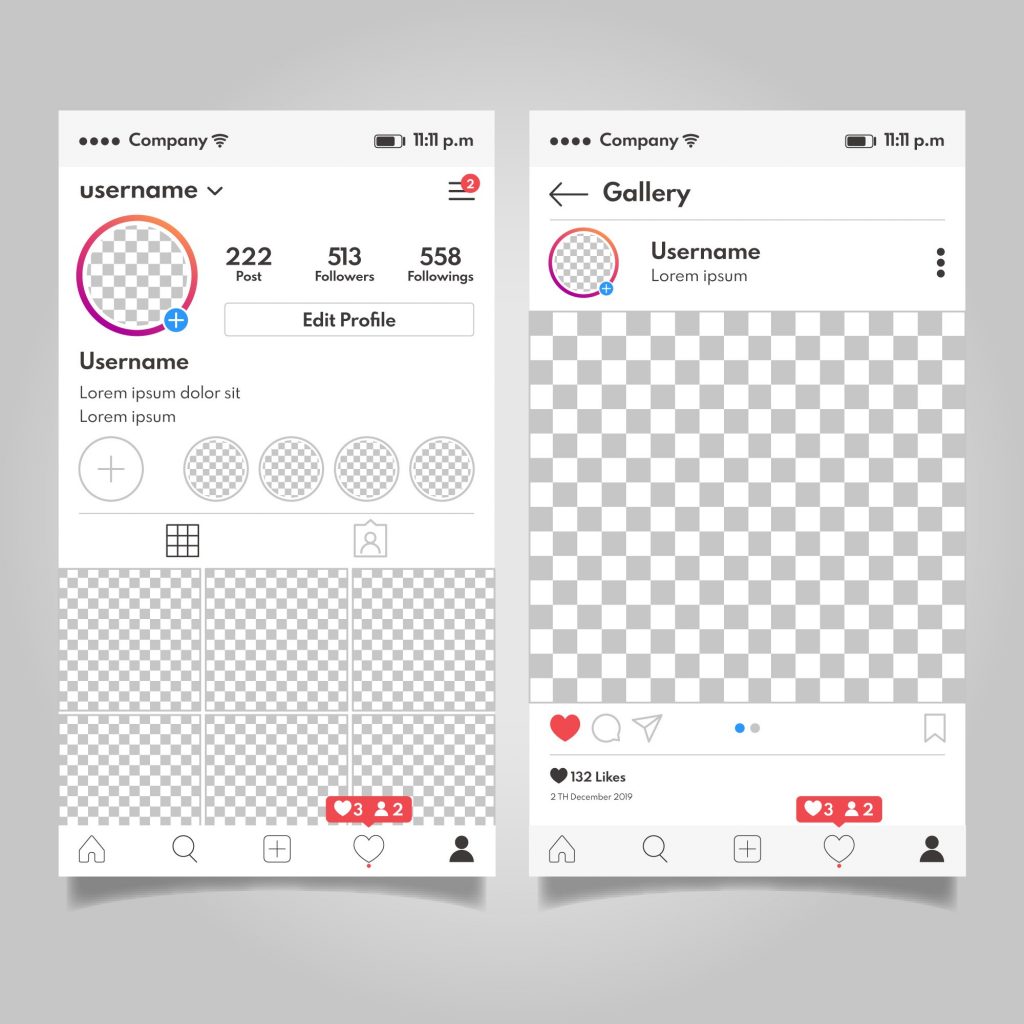Social media is no longer only a place to share images or stalk celebrities; rather, it is an important part of the way we connect, network, and run business with one another. But as Instagram has thrived, the popularity of deceptive Instagram profiles has increased. These accounts are created to cheat, mislead, or abuse, and identifying them early is important for personal security and online well-being.
In this post, we will discuss the signs of a fake Instagram profile to find out fake accounts, the significance of being careful in using social media, and how expert online reputation management companies are helping people and businesses in verifying these accounts.
How are Fake Instagram Profiles Becoming a Big Problem?
Suppose being followed by somebody who looks friendly and real. Their profile pic looks legitimate, their bio is standard, and they have a number of posts. You approve the request and later explore that it was a false one created to mislead, pretend, or gather personal information. The rise of fake Instagram profiles is not only a minor nuisance now; it is a big potential problem. These profiles can be:
- Catfishing – To pretend to be somebody else online in order to make forged online dating profiles.
- Scams and Fraud – Sharing scam goods or malware links.
- Harassment – The singling out of somebody for manipulation or abuse.
- Identity Theft – The act of taking someone else’s images and pretending to be that individual.
The same risk goes beyond Instagram. A fake Facebook profile could be responsible for similar damage, fooling users into sharing personal details or interacting with scams. The challenge is how to recognize these profiles before they create any damage.

Why Avoiding Warning Signs Can Be A Risky Thing?
It is effortless to deny such an account and say it is not a big deal. However, ignoring the warning signs of a fake Instagram profile comes with real-world consequences.
-
Financial Harm
A lot of bogus accounts solicit investment opportunities, fake giveaways, or duplicate products. Contacting them can empty your pockets.
-
Emotional Exploitation
False accounts that look interested in dating or act as friends you can trust can entice users to engage in a personal conversation that can be taken advantage of.
-
Reputation Loss
A scammer uses your images to create a fake profile. They can harm your status or fool your friends into sharing personal data.
-
Data Stealing
Links that direct to malware are fixed into posts that are liked and shared by bogus accounts, which can result in the theft of sensitive individual or financial data.
Unverified, fake accounts have created an inhospitable online space, not only for people but also for the brands, influencers and companies that trust Instagram for its reach and influence.
That is why identifying the warning signs of a fake Instagram profile is not a total waste of time; it is a requirement.
How to Identify a Fake Instagram Profile?
Here are a few red flags for accounts that are not what they state they are.
-
Incomplete or Generic Bio
An authentic Instagram user will reveal a bit about themselves. If all you see is a sketchy bio, then it is a big red flag.
-
Stolen or Stock Profile Images
Many fake Instagram profiles have images stolen from search engines or an image archive. A reverse image search can make it clear if the photo is reliable.
-
Doubtful Follower Count
A profile followed by many while following a few instead is doubtful. On the other hand, suddenly distended follower numbers show that an individual was using bots.
-
Inappropriate or Repetitive Posts
False accounts will publish random images, memes, or product advertisements with no customization. Some may have very small activity, with only a few posts, all published the same day, showing a new fake one.
-
Substandard Engagement Ratio
If a user has a lot of posts but barely any likes or comments, then their followers are possibly not authentic or loyal.
-
Over-Friendly or Spam Messages
Also, a general indicator of a forged Instagram account is getting an automated DM as soon as you accept their friend request. These messages can be links that appear dodgy or flirty one-liners.
-
Copycat Accounts
Sometimes, scammers make new profiles that are somewhat carbon copy profiles of seasoned accounts, such as the same name, same photos, and some discrepancies in the profile name. These accounts target the actual person’s friends and followers.
-
Push for Personal Details
If somebody you do not know insists on you providing your phone number, email, business, or bank details, it is surely a scam.
-
Irregularity in Details
Identify if their location, tags, or bio details go with their posts. For example, if your match lives in London but keeps posting images of New York, the possibility is that the user is fake.
Some Effective Tips to Handle Fake Profiles
Verifying fake accounts on your own is a good initiation, but what if you are a business or influencer handling massive impersonation? This is where expert companies such as Bytescare enter.
Bytescare is a specialist in online reputation security, online exposure tracking, and brand safety. Their team employs advanced methodologies to identify and remove inauthentic accounts on services across Instagram, Facebook, and others. Connecting with professionals can help people and/or brands to:
- Safeguard their online identity.
- Build their customers’ trust by deleting fake accounts.
- Outsmart the scammers by keeping a step ahead; they switch to new tactics constantly.
Final Words
Fraudulent accounts are not only pesky; they are legitimate dangers that could damage your finances, emotions and reputation. Protect yourself on the internet by knowing the signs of a fake Instagram account.
Inappropriate bios, poor language skills, spammy messages — just a few of the signs that you may be the victim of an online dating scam. And when the problem is beyond one person’s dissuasion, big names, including Bytescare, have a wealth of knowledge to keep your digital presence safe.
In an era of digital everything, awareness is your best tool. Be patient, trust your instinct and be prepared to report any account that looks suspicious. The faster we combat the proliferation of fake accounts, the safer our cyber world will be.






